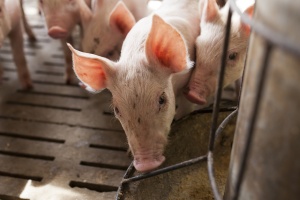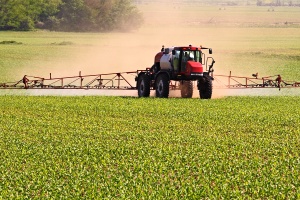Backstage at Your Food Show – How Food Is Made
Times have changed. What we used to do to feed ourselves (farming, cooking, etc.) has become far enough removed from our daily routine that it now entertains us. There are full networks dedicated to how food is made, from watching people shop for and prepare food to shows about visiting restaurants and describing the cuisine.
In 2014, less than 60% of suppers served at home were cooked at home, compared to 75% in 1984. When you consider this, plus the fact that 98% of the population is disconnected from farming, we start to see why the question “Where does our food come from?” is being asked by so many.
The short answer to the question of food’s origin is that it comes from the grocery store or restaurant, or maybe from an app. People think of where they first encounter it. Like any good form of entertainment, there is a huge amount of training and preparation and numerous behind-the-scenes events that make the final product look effortless. The same is true with how food is made.
Illinois Farm Families took dietitians on another learning adventure, this time to OSI to learn more about food safety and what happens when food leaves the farm and gets ready to head to a grocery store, or in this case, to restaurants. It’s a pretty impressive story.

Here’s how farmers and food processors provide consumers with what’s most important to us:
Consistency
The consistency of the eating experience we get in purchasing our favorite foods is a whole story in and of itself. From worker safety and clearly defined roles and responsibilities, to technology and monitoring on the farm and during food processing, to looking at the nutritional profile of a burger, there is a step (and a story) for that.
Safety
Food safety is not usually the headlining story when it’s done right, and it’s done right millions of times a day across the food supply chain. We often take it for granted, but when you get to see the smart, thoughtful and well-executed approach to ensuring what we are served is safe, affordable and delicious, it’s something to celebrate. It’s especially important as the shift from cooking at home to eating ready-to-eat foods continues to climb. The story of food is complex, intelligent and fun.
Modern Preferences
As a whole, what we as the consumers want is ever changing. It was amazing to hear how one person created OSI with his sons long ago. They continued to grow and evolve the business over time to meet the demands of their audiences. Farmers are no different. The food companies that buy their products have certain standards that must be met and preferences to deliver to their customers, so farmers must remain adaptable to stay in business. Companies (and families) who thrive do this, accommodating the ever-evolving tastes of people in regard to their expectations.

Next time you order a burger, remember that the speed and convenience you experience has a whole lot of care and innovation behind it so you can have a delicious, safe and efficient experience. The more we know about how food is made, the better off we are, both from a trust perspective as consumers and in making good choices in honoring the harvest. We must make good choices for our health; understand how to select, store and prepare our food so we don’t waste it; and enjoy what we choose. All of this is possible because of the people and thoughtful processes that happen before we see the food on our plates.
Thank you to farmers for growing and raising our food, and thank you to the experts who handle and prepare our food throughout the food supply chain. Bon appétit!










0 Comments